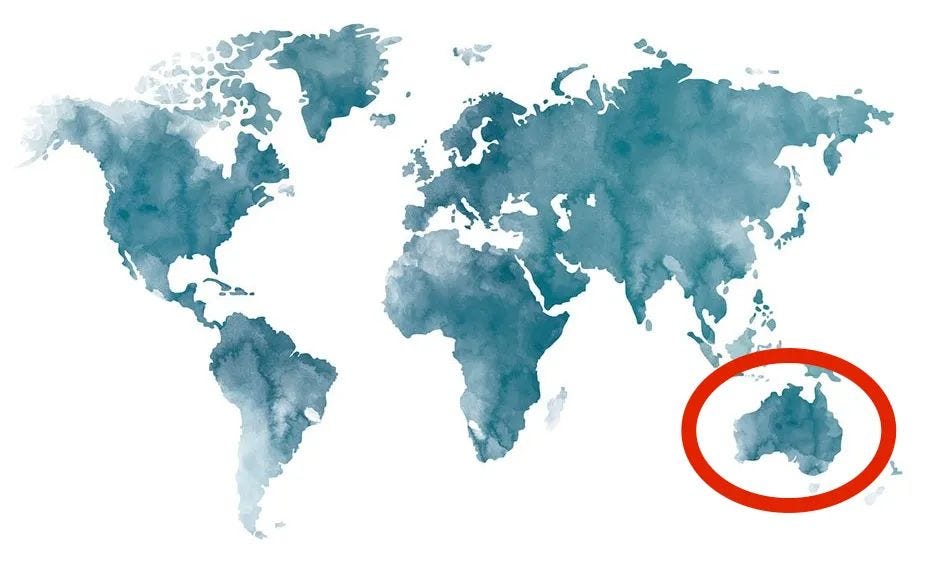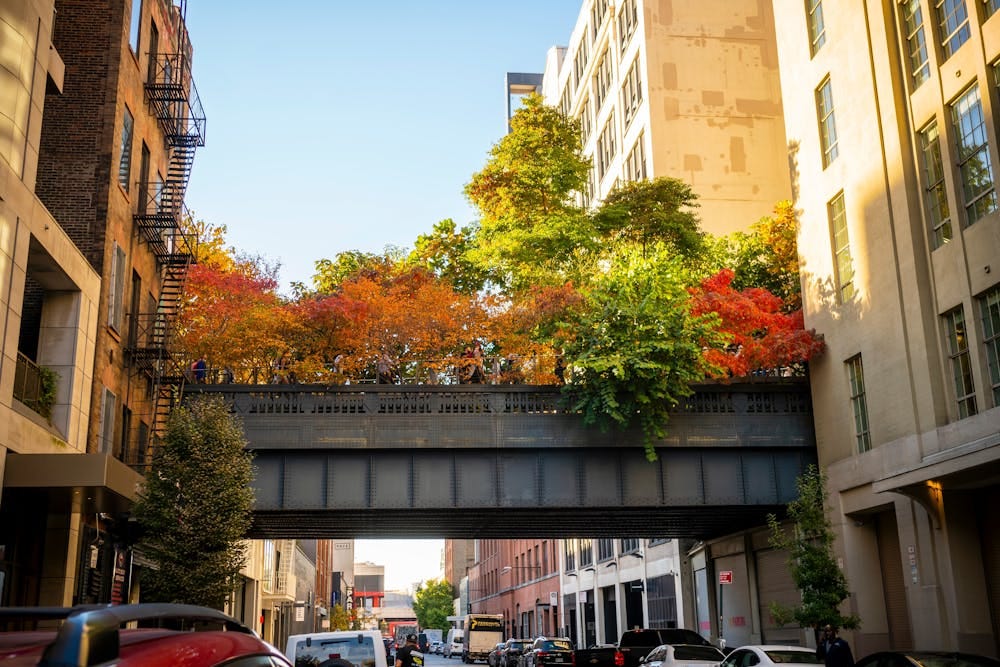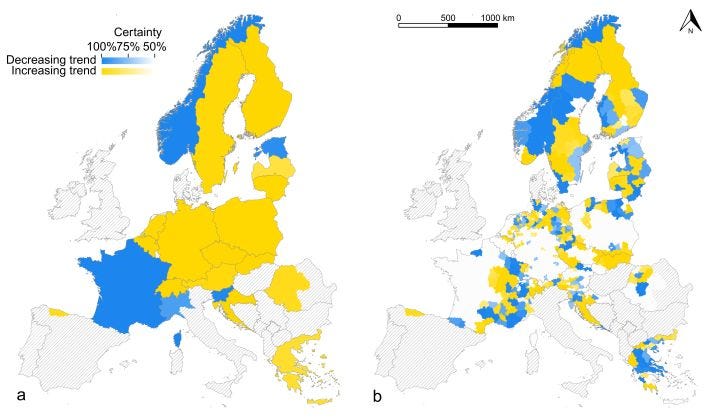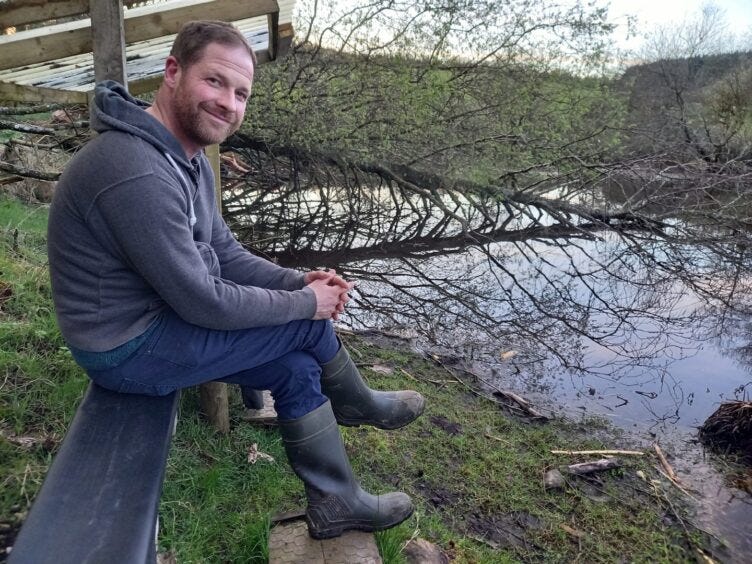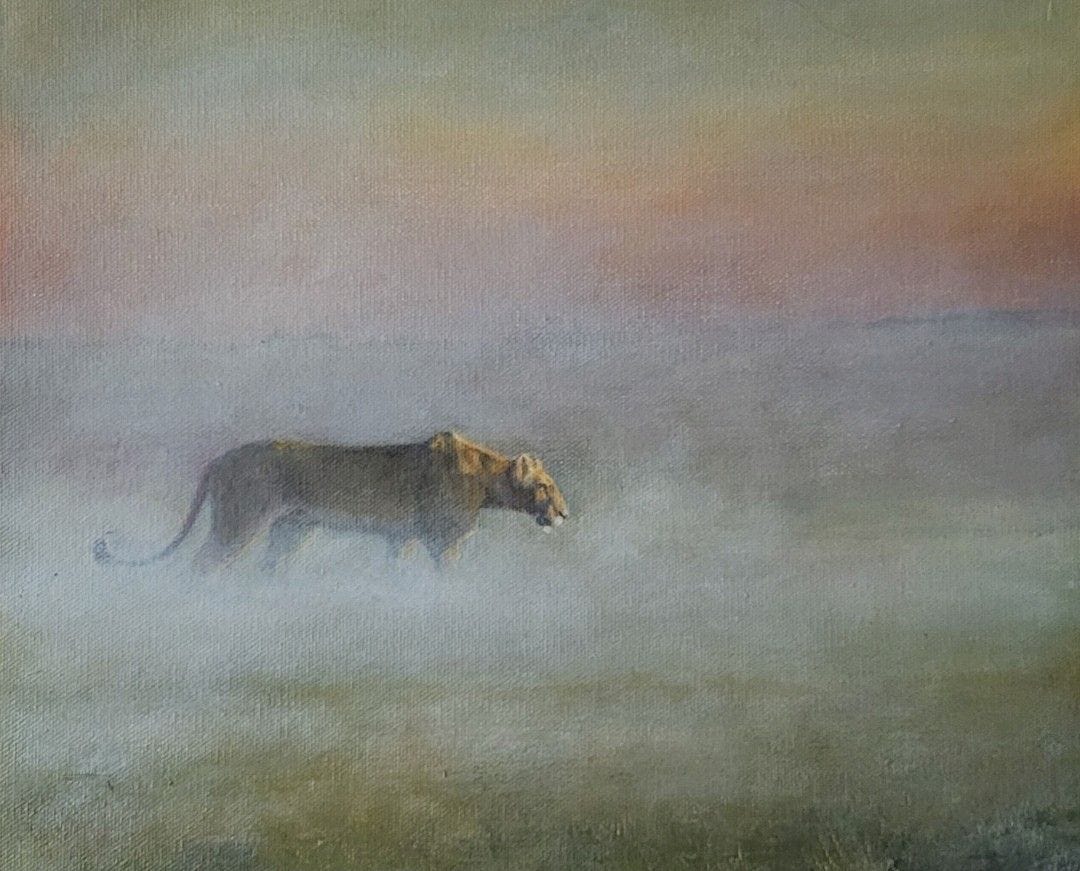Welcome to the latest edition of the Rewilder Weekly! 🦬🌳🐺🌞🌍
Before jumping into this week’s eight selected stories, may I just congratulate the folks in charge at the EU Court for upholding the ban against bottom trawling in marine protected areas. All too often it may feel like there’s only bad news - but there are good people trying to do the right (healthy, sustainable, smart) thing in all places. Again, thanks to the EU’s General Court!
Now then, let’s get on with it - wishing you a good week.
Cheers,
👉 As a reminder: If you come across stories you’d like to see featured in an upcoming edition of the Rewilder Weekly, send them to me and I’ll gladly do what I can.
1) Boost your rewilding expertise with Rewilding Europe’s free open online rewilding course
The rewilding movement keeps going from strength to strength (more about scaling in the newsletter’s second story). In the above video, Rewilding Europe’s Sara Calçada highlights that the movement’s growth comes with ever more interest from people across every walk of life. We can and should all do our part!
For this reason, whether you want to have a better understanding of rewilding for yourself, or wether you’re a policymaker trying to help create a sustainable, biodiversity-rich future for your country, this course will set you up. I love the idea of this free course and hope that millions (I can dream, can’t I?) of people will sign up right away! As they write “This course is for anyone seeking new perspectives - or looking to make a bigger impact in their own field.”
“It’s totally free, can be joined from anywhere in the world, and completed at your own pace! I would have been delighted for a resource like this at the start of my career!” (James Shooter)
👉 Go here to learn all about the course
2) Rewilding is happening at an ever greater scale
The Global Rewilding Alliance has calculated just how much their over 200 rewilding partners around the world are rewilding - it’s big and it comes, as of February this year, to 2.2 million square kilometers of land and 5 million square kilometers of sea (the combined 7.2 million square kilometers is nearly the size of Australia. There’s even more happening, of course (not all are members of GRA just yet!).
I’ve taking a dive into the topic of how we measure and report on rewilding projects because, more often than not I’m told about project sizes not in square kilometers, but in hectares and acres. Numbers have never been my friends, and these different measurements invariably confuse me. So I looked into them and have come to a few conclusions with regard to square kilometers, percentages … and the Eiffel Tower!
3) The lynx in Scotland … it’s just a matter of time now
Scotland: The Big Picture, Trees for Life, the Lifescape Project and many others continue to be hard at work. Just now they’ve released what they term “a landmark report that lays out what it would take for people and lynx to live side by side in Scotland once again.” Nine months’ worth of discussions across the board have delivered an understanding of the opportunities and challenges. Any infringement on any status quo will also be a challenge for some - but the writing’s on the wall.
The key conclusions of the report are that: there is enough habitat and prey to support lynx in the Highlands; lynx-induced eco-tourism will bring economic benefits; the lynx will benefit endangered wildlife and will help tackle the current deer dominance. The report also makes it clear that the lynx will occasionally take unguarded livestock (which, as many other countries show, is entirely manageable and a tiny percentage compared to overall livestock deaths - see the 6th story of this newsletter for more on that). Undoubtedly, some will demand more talks and more consultations … but I’d say the time has come for the government to give the green light. Let there be lynx!
4) Urban rewilding begins to focus on animals
The importance of greener cities has long become a prominent topic in the age of climate change and rapidly heating concrete jungles. But it’s always just been about bringing in plants, more green, more trees, more parks. As a side effect this of course did benefit primarily birds and insects - now new research explores how the focus on bringing animals back into cities can restore ecosystems … and can help reconnect people with nature.
It’s always been a personal gripe with me, the idea that a great deal of nature recovery happens in remote places - and that billions of people living in cities never meet with the opportunity to reconnect with nature because of that. 👉 Read more about the nature pyramid here.
Researchers have looked at nearly 3’000 rewilding papers and have found that a mere 17 of those had a focus on urban environments. There’s a great deal that can and should happen going forward - the focus on animals will change cityscapes, it’ll change the way we go about our daily business, if we see a bird, a boar (as in Berlin), a beaver (as in London) or even a platipus 😊 (Sydney) on our way to work!
5) Your name may help save these wolves - please take a moment to add your voice
Switzerland is - for a variety of reasons that range from ignorant to insidious - all gung-ho about slaughtering the few wolves we have left in our country. To get a sense of the terrible situation 👉 go here. More and more of the few remaining protections wolves had, are being circumvented and downgraded … and ignored. The latest such horrible behavior is happening now with two wolves that have done … nothing.
By now there are plenty of excuses farming and hunting lobbies can forward to explain why wolves need to be shot. One wolf, M121, is called by the authorizing department a “lone wolf” - even if this wolf has been seen with a pack and may even be the new alpha male. M351 is also in the crosshairs for no good reason. And this is the middle of mating season, to top it all. It is clear that these lobbies have no interest in nature, in biodiversity, in climate, in sustainability, in ecosystems balance overall - they simply want to eradicate the wolf for the blood sport of it.
👉 Please take a moment to add your voice
6) Numbers of wolf attacks on livestock are extremely misleading without proper context
I’ve just come across ten reports by the European Commission on large carnivores. Good insights (if not surprising) from Slovenia, Romania, Italy, Germany, Finland, Austria, Spain, France and Greece. Insights such as: more wolves in a specific area doesn’t automatically mean more livestock kills. It depends on availability of wild prey, landscape and protection measures. Wolves clearly - by far - prefer wild ungulates over livestock. What bugs me is that charts such as the one above send all the wrong messages - So there are some livestock kills, sure - but how does that stack up in relation to overall numbers?
Luckily - such clarity is becoming available, and it tells a powerful story. In Switzerland, statistics show that wolves are responsible for less than 2% of livestock deaths 👉 more on that here. When looking across all of Europe, data shows that by far the biggest threats to livestock are cattle deaths on farms; diseases, accidents and extreme weather conditions. A far bigger threat than wolves are also … stray dogs. Overall, the total percentage of livestock lost to wolves in the EU is a mere 0.02%. Now that should open eyes. Alas, this perspective isn’t in the interest of farming and hunting lobbies - and so the blatant fearmongering continues.
7) The stunning success of the Gorongosa restoration
Today Mozambique's Gorongosa National Park is synonymous with rewilding success. The park was decimated by Mozambique's Civil War (1977-1992) - but a meeting between Greg Carr and the country’s president in 2004 marked the beginning of all-encompassing change. Truly a great story.
The Global Rewilding Alliance recounts that, “in 2008, the Government of Mozambique and the Carr Foundation launched the Gorongosa Project, a 20-year public-private partnership to manage the park and support neighboring communities. The collaboration’s success led to an extension of the agreement in 2018 for another 25 years, cementing Gorongosa’s future as a beacon of hope for conservation.” National Geographic calls the Gorongosa story the greatest wildlife restoration in history.
8) A time with Tom Bowser and ‘his’ beavers
Do get Tom Bowser’s book Waters of Life: Fighting for Scotland’s Beavers - but in the meantime here’s a good article for you. It takes you on a visit to Tom’s Argaty estate where you learn about the origin of his beaver story - and how it’s all progressed since. The article also addresses NatureScot’s foot-dragging when it comes to beaver releases, even if they officially say that they are “absolutely committed to expanding the beaver population across Scotland for the benefit of biodiversity.” Well in that case I’d suggest they start acting like it!
Before the beavers, Tom focused on red kites (and wrote a book about that, too). While he loves kites, he sees something even bigger at work with beavers. “Beavers do things only humans can do – and better than us. They’re the most important animal in Britain. We need them more than anything right now … We’ve struggled so hard to accept them. And yet they just accept us. They carry on, even in the face of hostility. We can learn so much from them.”
To conclude this week’s edition, wildlife artist Charlotte Williams shares with us a lioness on dawn patrol. Love it. Lions are crepuscular, meaning they’re primarily active during twilight (dawn and dusk) - and yes, it’s often the lionesses that do the hunting. I’ve read that they also hunt during storms, as the noises make it harder for prey to see them coming. Sometimes it may seem that lions are still around in abundance - but they’ve vanished from 90% of their historical range and today only about 25’000 are left.
If you enjoy the Rewilder Weekly …
… consider supporting my work. Your paid subscription will help generate the funds needed to realize a unique rewilding book I’m working on (if you want to know more about it, let me know). And, of course, that paid subscription also ensures that the Rewilder Weekly will always keep going for those who cannot afford to pay. A thousand thanks!
That’s it for this week’s edition! For more rewilding insights and stories from around the globe, use the #rewilding hashtag on LinkedIn and follow people, organizations and groups that are as passionate about rewilding as you are. Let’s keep connecting and growing the movement!








